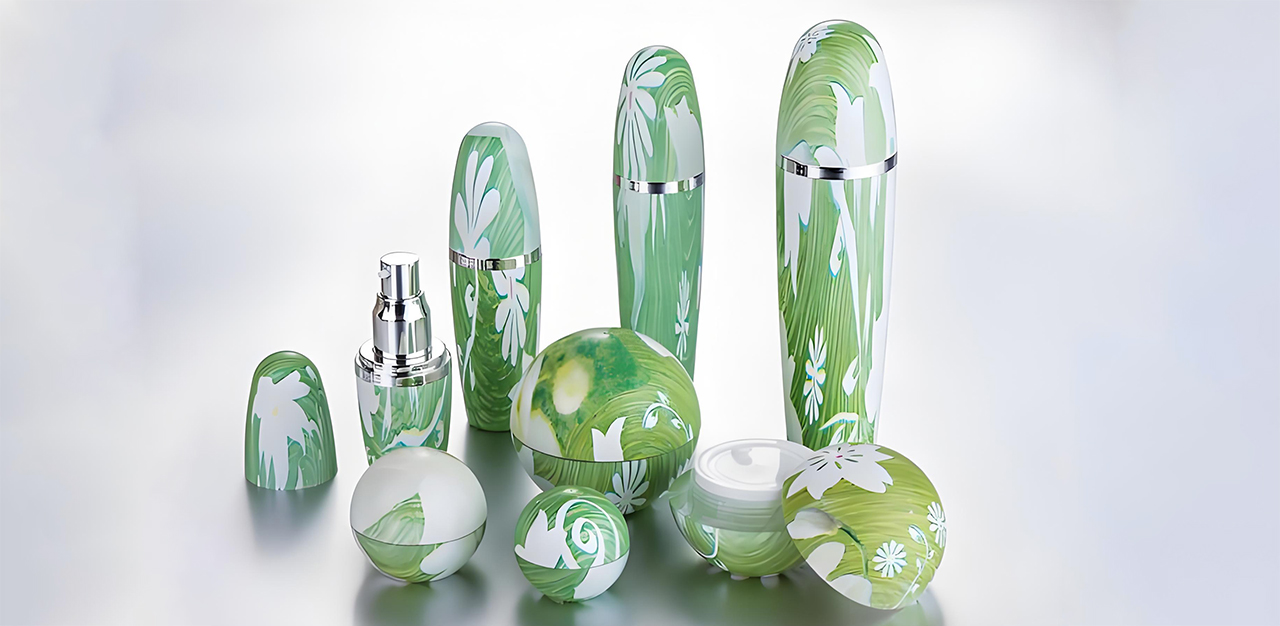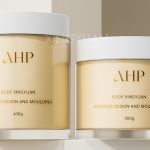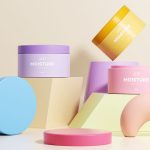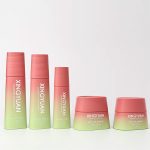Water transfer printing, also known as hydro dipping, is a popular decoration technique used in many industries, including cosmetics. It’s known for its ability to apply intricate designs to irregularly shaped surfaces, making it ideal for decorating cosmetic packaging. But how long does water transfer printing last, especially in the fast-paced cosmetics industry? In this article, we will explore the durability of water transfer printing, its advantages, limitations, and how it can enhance cosmetic packaging.
Outline
What is Water Transfer Printing?
Water transfer printing is a process where patterns or designs are transferred onto the surface of an object through water-soluble film. The object is submerged into water where a printed film floats on the surface, and the design wraps around the object, adhering to its surface. This technique is particularly useful for decorating 3D objects like cosmetic packaging, which often feature complex shapes.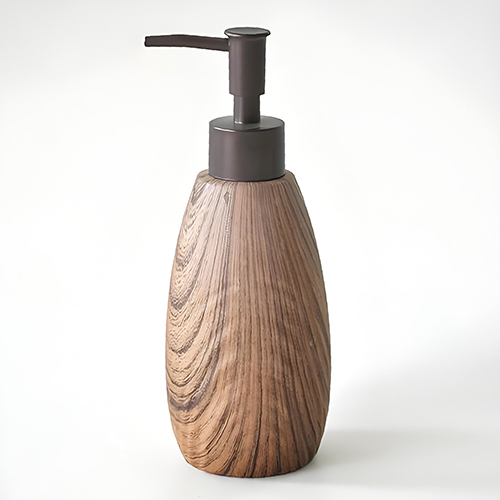
How Long Does Water Transfer Printing Last?
Water transfer printing can last for many years, especially when combined with the right protective coating. Once the design is transferred onto the packaging, a clear protective layer is often applied to enhance durability and prevent fading. The lifespan of the print can vary depending on factors like the quality of the protective coating, the type of material, and how the packaging is used. In general, water transfer printing can last 5 to 10 years or even longer with proper care and handling. However, constant exposure to harsh conditions or improper handling may reduce its longevity.
What Are the Benefits of Water Transfer Printing?
Water transfer printing offers several significant benefits for cosmetic packaging:
- High-Quality Finish: This technique creates vibrant, detailed designs that are difficult to achieve with other methods like screen printing or labeling. The result is a high-quality, professional finish that can make packaging stand out on the shelf.
- Versatility: Water transfer printing can be applied to various materials, including glass, plastic, and metal, making it ideal for a wide range of cosmetic packaging. Whether it’s bottles, jars, or caps, the process is highly adaptable.
- 3D Application: Unlike traditional printing methods, water transfer printing allows designs to wrap around irregular or curved surfaces seamlessly. This capability is perfect for cosmetic packaging, which often includes unique shapes and contours.
- Environmentally Friendly: Because it involves using water-soluble films, this printing method is often considered more environmentally friendly compared to other forms of printing that involve harmful chemicals.
What Are the Limitations of Water Transfer Printing?
While water transfer printing has many benefits, it also comes with some limitations:
- Initial Setup Costs: The process of preparing the films and equipment for water transfer printing can be expensive, especially for small production runs. This makes it less cost-effective for very low-volume orders.
- Durability Concerns Without Protective Coating: While water transfer printing is generally durable, its longevity can be significantly impacted without a protective coating. Without this additional layer, the prints can fade over time, especially when exposed to sunlight, moisture, or rough handling.
- Complexity in Production: The water transfer printing process can be complex, requiring skilled technicians to apply the designs correctly. Any errors in the application can result in imperfect designs, which can affect the overall aesthetic of the cosmetic packaging.
- Limited to Flat or Slightly Curved Surfaces: Although water transfer printing is versatile, it’s best suited for objects with relatively simple shapes. Highly intricate or highly complex designs may not be ideal for this printing technique.
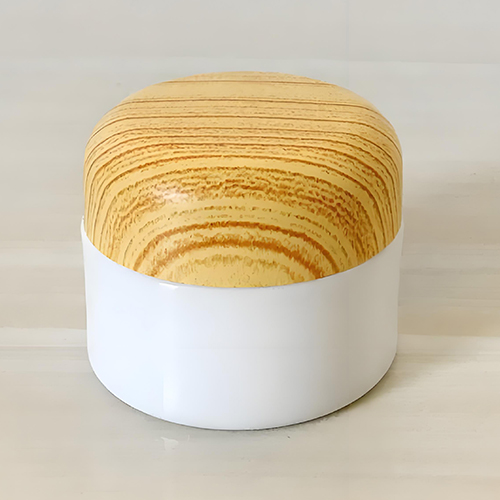
Water Transfer Printing in Cosmetics Packaging
Water transfer printing plays a critical role in enhancing the aesthetic appeal of cosmetic packaging. With the rising demand for unique and visually striking packaging, cosmetic brands are turning to water transfer printing to create designs that are both intricate and durable. Here’s how it impacts the industry:
- Customization: Cosmetic brands can use water transfer printing to create bespoke designs that reflect their brand identity. Whether it’s a floral pattern, intricate graphics, or even custom logos, water transfer printing can bring creative visions to life.
- Luxury Appeal: Many luxury cosmetic brands opt for water transfer printing due to its ability to provide a premium look and feel. The high-quality finish and seamless application on curved surfaces can elevate the product’s visual appeal.
- Sustainability: As the cosmetics industry moves towards more sustainable packaging options, water transfer printing offers a more environmentally friendly alternative to traditional plastic labels or synthetic coatings, aligning with the growing consumer demand for eco-friendly products.
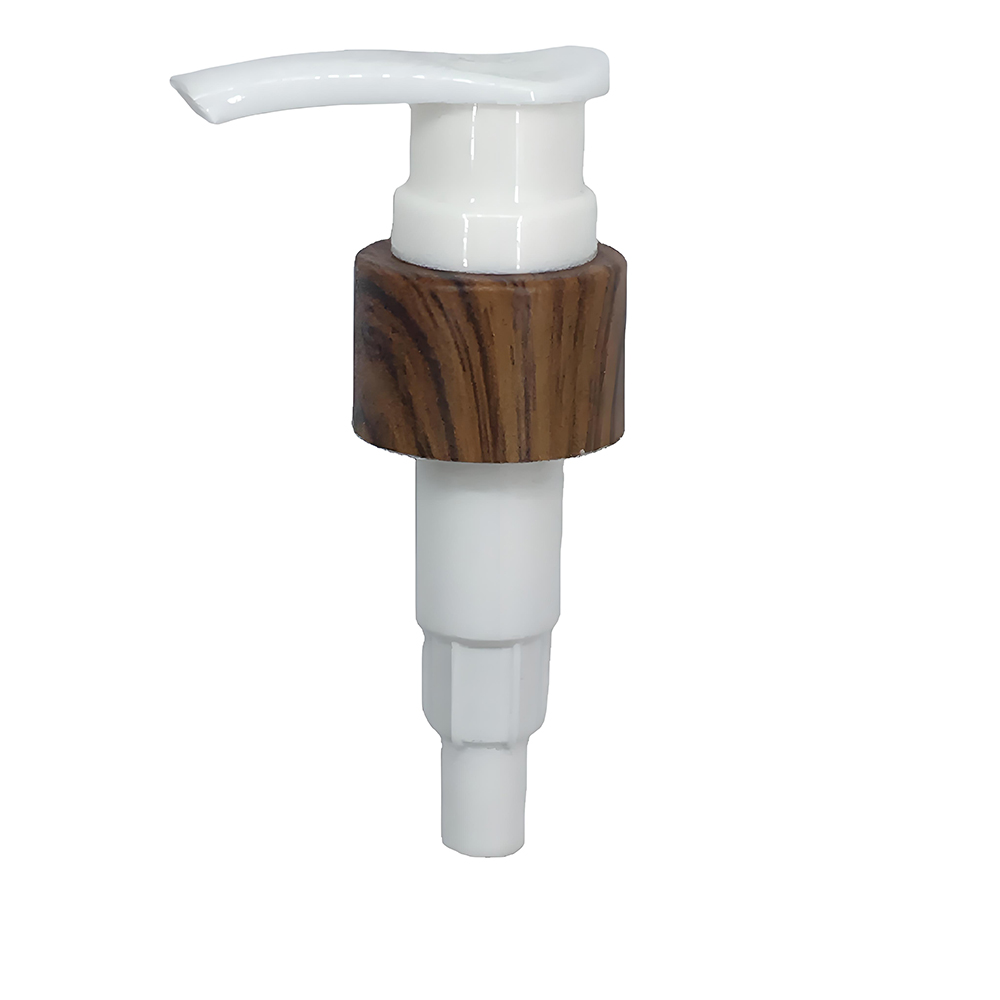
Conclusion
Water transfer printing offers an excellent solution for decorating cosmetic packaging, with the potential for vibrant, detailed designs that are both durable and adaptable. While it comes with some limitations, such as initial costs and the need for protective coatings, its benefits far outweigh the drawbacks. By using water transfer printing, cosmetic brands can create unique, high-quality packaging that stands out in a crowded market while ensuring their products are protected and long-lasting.
If you’re considering using water transfer printing for your cosmetic packaging, it’s essential to understand both its advantages and limitations. With the right techniques and care, this printing method can help elevate your brand’s packaging and keep it looking fresh for years to come.
